The hibiscus flower is a flower that we all recognize from our childhood. While many people are familiar with it, not everyone knows the meaning and symbolism behind it. Today, saigonroses will dive into this topic to explore the significance of the hibiscus flower.
To begin, the English name hibiscus has its roots in the Greek word hibiskos. This name was given by Pedanius Dioscorides, a botanist and doctor in the Roman army who authored the five-volume De Materia Medica. Despite there being hundreds of types of hibiscus, all of them require hot and humid environments like those found in India, Hawaii, Haiti, or Malaysia. Furthermore, they come in a wide variety of sizes and colors.
While the hibiscus is undoubtedly a beautiful flower commonly found in hotter climates, its significance goes beyond just aesthetics.
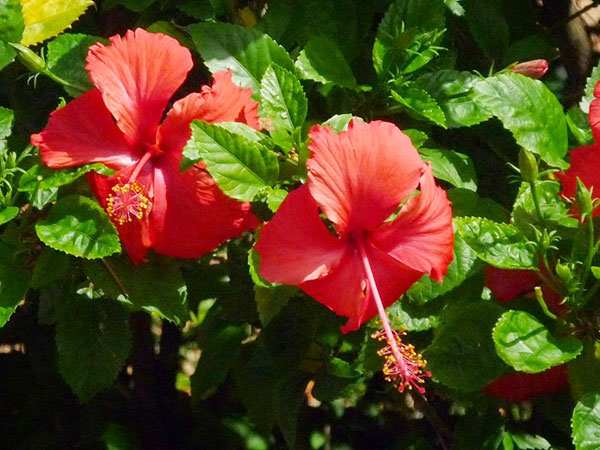
The hibiscus plant can grow up to four and a half meters tall, producing beautiful blooms on bushes or trees. Often referred to as pink hibiscus due to their family name, these flowers come in various colors that attract butterflies and moths as their caterpillars feed on them. Red hibiscus is particularly effective at deterring hummingbirds. In Haiti, the hibiscus is considered an unofficial national flower, while in Hawaii, the yellow Hawaiian Hibiscus became the official state flower in 1988. Interestingly, this flower is not originally from Hawaii, and it was the second to be chosen after the recognizable red hibiscus. As they say, fame is fleeting.
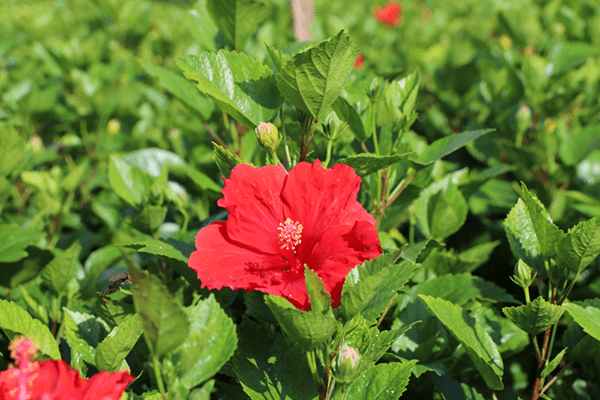
The hibiscus flower is often associated with the beauty and fragility of young women due to its delicate and stunning appearance. However, the meaning of hibiscus varies depending on the culture in which it is grown. Nonetheless, some common symbolisms include:
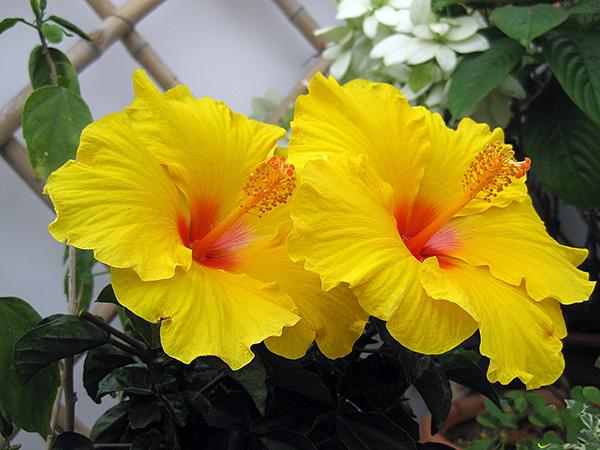
The hibiscus flower is considered a feminine flower and is often given or carried by women. In North America, it is known to symbolize the beauty of a wife or woman. During the Victorian era, giving hibiscus flowers was a way to acknowledge the recipient’s beauty. Meanwhile, in China, the hibiscus flower represents beauty, fame, or personal glory and is gifted to both genders. The color of the hibiscus flower plays a crucial role in its meaning as each shade has a distinct significance. White hibiscus flowers symbolize purity, beauty, and femininity, while yellow ones represent joy, sunshine, and luck. Pink hibiscus is associated with friendship, love, and romance. Lastly, purple hibiscus represents mystery, knowledge, and nobility, whereas red hibiscus is a symbol of love and passion.
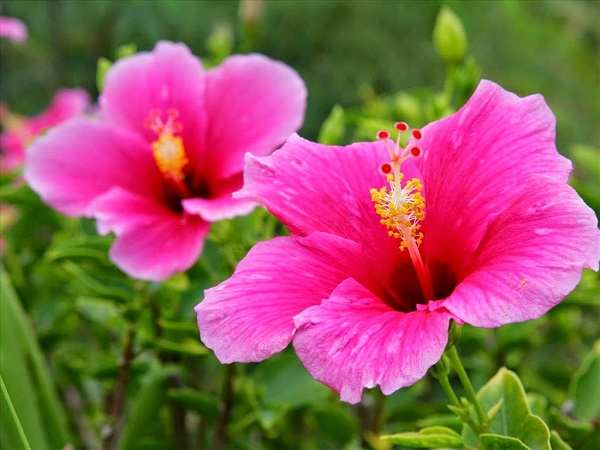
The hibiscus flower is often associated with youth, beauty, and fame due to its short lifespan. Similar to the limited duration of a person’s youthful or attractive years, the hibiscus flower reminds us to enjoy their beauty while we can. Additionally, this plant has various health benefits, which can be extracted through different remedies made from its parts. For instance, difficulty sleeping, nervousness, and red urination can be treated by consuming hibiscus flowers steeped in hot water. Similarly, a combination of leaves from hibiscus flowers, hibiscus leaves, and purple jasmine leaves can help cure white spots, wet dreams, painful urination, and dysentery when boiled in water and consumed. Finally, for inflamed pimples, crushing hibiscus leaves and flowers and applying them to the affected area can help alleviate the inflammation.
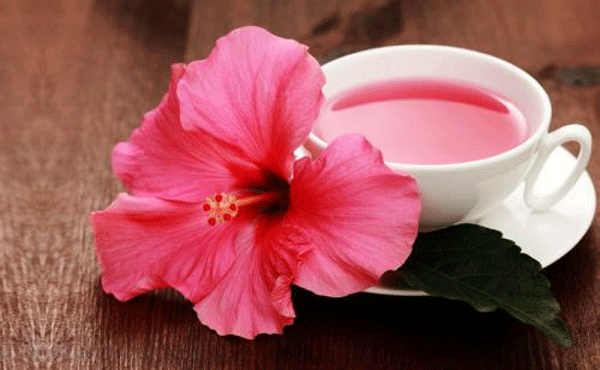
Hibiscus leaves and gardenia leaves, each in a handful, can be crushed and squeezed to drink to treat mumps and sore eyes. The remaining residue can also be applied to the affected area. In the case of parotitis, one can take 30g of hibiscus leaves per day, divided into three doses, and externally apply crushed hibiscus flowers (20g) on the painful area. Hibiscus, an attractive ornamental plant, has excellent medicinal properties.
For acute conjunctivitis, boiling 30g of hibiscus root and drinking it three times a day can help. Additionally, treating with leaves around the house can be helpful. Irregular menstruation can be treated by taking 30g hibiscus root bark, 25g dracaena leaves, and 10g wormwood decoction once a day, divided into three doses for three consecutive days, seven days before menstruation. For spermatorrhea, boiling 10g of hibiscus flowers and 30g of lotus seeds and drinking it once a day, divided into three doses for ten consecutive days, can help.
The hibiscus plant requires sufficient light during growth, as it is a light-loving plant. If used as an indoor ornamental plant, it should be taken out every two days to receive adequate sunlight. Insufficient light can cause the plant to lose its leaves. The plant is drought-resistant, so watering should be done cautiously to avoid root rot. It can grow on various types of soil.
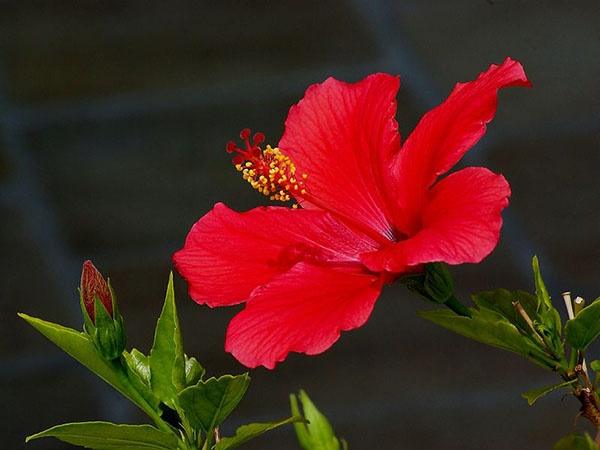
In case you decide to rent a hibiscus plant, it is best to leave the responsibility of taking care of it to the experts from the rental company. However, if you choose to buy a tree, it is important to have basic knowledge regarding tree care. First, make sure to use regular tap water or well water when watering your plants. Do not overwater and ensure that excess water does not accumulate in the soil. If your plants are growing in alluvial soil, you only need to water them every 3 to 4 days. Fertilizers with slow-release properties are ideal for these plants since they do not require many nutrients. If you notice your tree losing leaves or its branches becoming weak and fragile, it is crucial to take proper action.
Furthermore, saigonroses and I will delve into the significance of the hibiscus flower with our readers. We hope that this article has provided you with helpful tips and valuable information about this well-known flower.
